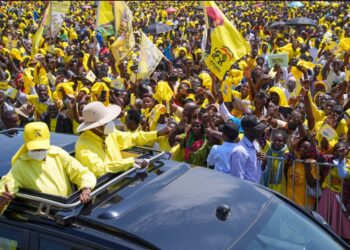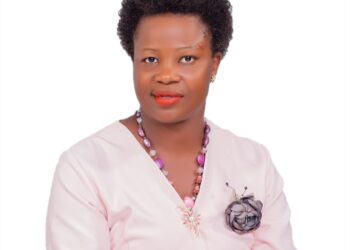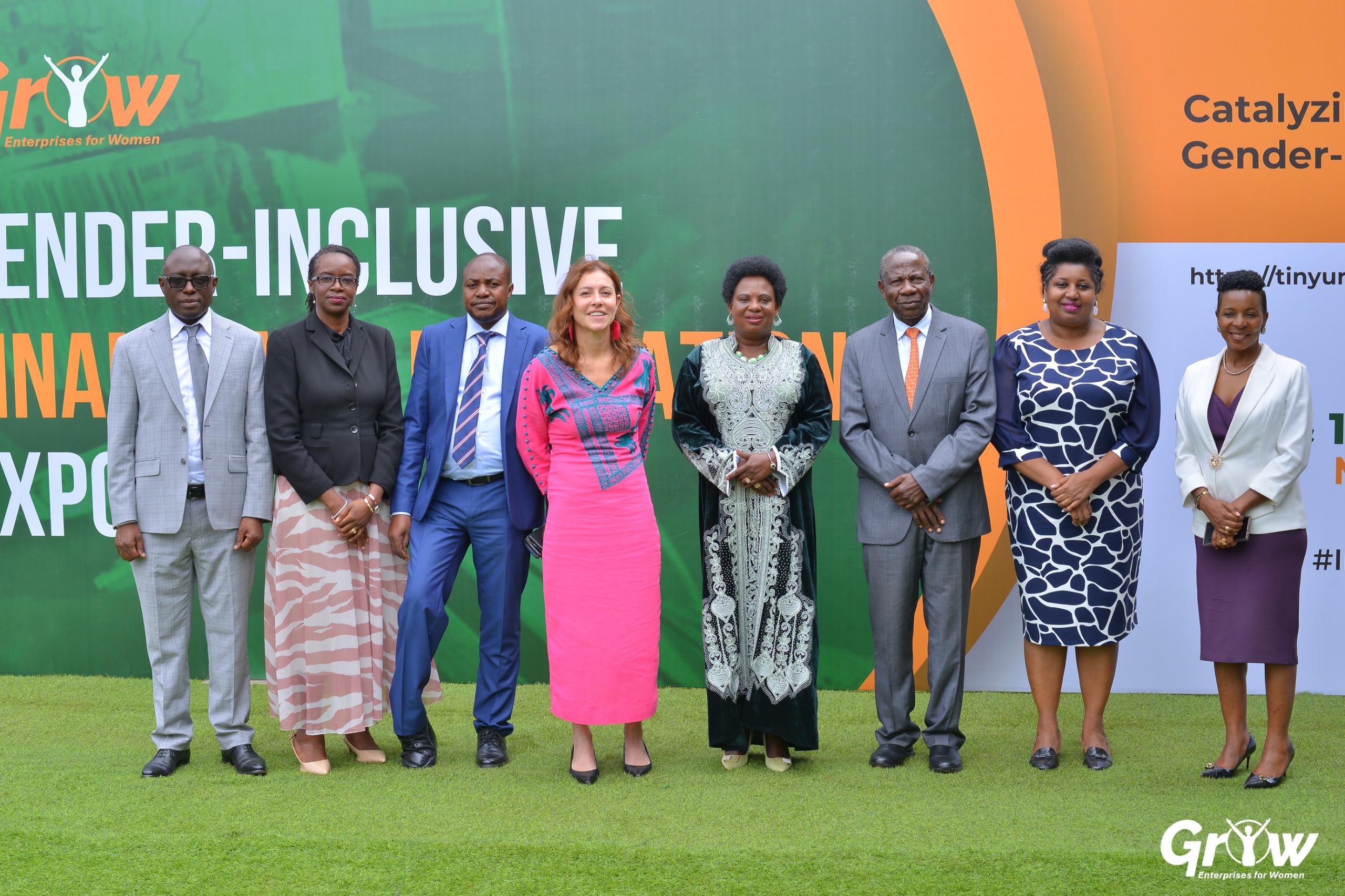The country will gladly head to Kololo Independence ground next week on 9, October to relieve the good memories of Uganda’s attainment of self-rule from the British exactly 61 years ago.
As has almost become a norm, memories of the rugged history of the political events that unfolded shortly after independence will compose the mood of the celebration at Kololo which will be led by President Yoweri Kaguta Museveni. For 24 years after 1962, Uganda witnessed one of its ugliest political crises, punctuated by the clashes between President Frederic Edward Luwangula Mutesa and his Executive Prime Minister Apolo Milton Obote that climaxed with the attack on the Lubiri and the subsequent exile of the former to Britain. Then followed the most vegetable period of Uganda and President Idi Amin Dada, arguably one of the worst dictators in the World at the time.
Even though various nationalists took up arms to push for a return of their country to a democratic dispensation through the ouster of Amin, this didn’t come until the rise of President Museveni Yoweri Kaguta through the NRM/NRA Liberation struggle of 1981-86.
Needless to mention, the volatile political atmosphere in the country over the last 24 years had plunged its economy into a deep crisis no one believed exactly how long it would take to recover from.
The ruins of Uganda manifested in the dangerous political situation and a failed economy, two of which sectors the NRM government has been striving to fix with commendable progress to write home about. It’s safe to say that security has immensely been resolved in the country, affording time and resources to refocus of social economic transformation.
Aware that agriculture is the backborn of the Ugandan economy with over 80% of the population employed there, the sector has been one of the top priorities targeted to drive Uganda to middle income status.
In the 2021/22 Financial Year, the sector, as a whole, contributed 24.1% of GDP. It also grew by 4.4% in the FY 2021/22 as compared to 4.3% in the FY 2020/21, indicating a significant improvemenr.
The value of agricultural exports registered a growth of 24% from USD 1,678 million in FY 2020/21 to USD 2,085 million in FY 2021/22. This growth was attributed to the increased volumes and quality of coffee, dairy, fish and tea.
Performance of Selected Enterprises
Coffee:
To take some examples, the volume of coffee produced increased by 5% from 8.06 million (60 kg) bags in FY 2020/21 to 8.45 million (60 kg) bags in FY 2021/22. This is on account of government interventions such as generation and distribution of improved coffee variety seedlings, increased use of water for irrigation and promotion of use of fertilizers. The volume of exports increased from 6.08 million (60kg) in the FY 2020/21 to 6.3 million (60kg) bags in the FY 2021/22, an increase of 3%. The value realized from coffee exports increased by 58% from US$ 544M in 2020/21 to US$ 862M in 2021/22.
Dairy
The production of milk increased by 193% from 2.81 billion litres in FY 2020/21 to 5.4 billion litres in FY 2021/22. In the same period, the export value of milk and milk products increased from USD 98.8 million in 2021 to USD 103 million in 2022. This is attributed to the compliance by the private sector to quality standards and regulations.
Beef
The production of beef increased from 228,243MT in the FY2020/21 to 230,746MT in the FY2021/22. In the year 2022, the amount of beef exported was 247,234 kg valued at UGX 2.944 trillion as compared to UGX 1.018 trillion fetched in the year 2021.
Fish
The total fish catches from all the water bodies, increased from 621,987MT valued at UGX.1.875 trillion in 2021 to 651,7192MT valued at UGX. 1.968 trillion in 2022. The availability of raw materials (fish), sustained operations of the 12 fish processing factories. The performance has been a result of government focus on gazetting of fish breeding grounds, enforcement of fisheries laws and regulations, provision of quality fingerlings and fish feed and providing an enabling environment for the private sector to invest in aquaculture.
The value of fish and fish products exported increased by 27.7% from USD 148.7 million in FY 2020/21 to USD 156.4 million in the FY 2021/22.
Provision of Quality Agricultural Inputs
Government is currently implementing the Parish Development Model (PDM) to transform the livelihood of the 39% of the households still in subsistence to modern/commercial farming. The strategy under PDM is to transfer funds to parish-based SACCOS, where farmers can borrow and procure inputs such as seed and agro-chemicals, for agreed and selected enterprises.
Government will continue to ensure that farmers across the Country, access quality seed, planting and stocking material, disease and pest control, research, extension and overall policy guidance.
Pests, Vectors and Disease Control
The National Agriculture Research Organisation (NARO), is conducting research on an anti-tick vaccine development and has already launched trials. Efficacy evaluation trials, have started at Kiburara prisons farms, Isimba prisons farms, Maruzi, Nabuin and Mbarara. Government continues to facilitate research in disease resistant varieties and building capacity of farming households on the best agriculture practices, on integrated pest, vector and disease management, etc.
Mechanization and Farm Power
Mechanisation is critical to commercialisation of agriculture. In the financial year 2021/22, government procured additional two hundred and forty tractors and implements, bringing the total number of tractors procured by government to 655. Government, also procured seven hundred and forty (740units)Single Axle (Low powered-walking tractors), tractors with all accessories, to support farmers to open more farm land for cultivation. These machines, also support value addition, irrigation and transportation of produce.
The targeted investment in agricultural modernisations signals government’s commitment to inter link the different sectors of the economy to ensure rapid transformation. Through vast investments into the establishment of several industrial parks in the different parts of the country plus the Presidential industrial killing hubs across the country, the motive to simultaneously spur economic progress through inter sectoral linkages becomes evident.
This amplifies President Museveni gospel of adding value to our products and the mass industrial development will ensure that mass production in agriculture can be added value to in order to fetch better income for the farming population.
As we celebrate this year’s independence, therefore, we need not to forget the far we have come so as to focus more on the far we need/ have to go by embracing all the well planned government programs intended to ensure our progression into the money economy and the realisation of the middle income status dream for Uganda.
The Writer is the Deputy Resident City Commissioner for Soroti City.
Do you have a story in your community or an opinion to share with us: Email us at editorial@watchdoguganda.com














